Green grass is often seen as a hallmark of a well-maintained yard, but its benefits extend far beyond mere aesthetics. One of the most significant advantages of having a lush green lawn is its ability to improve air quality. Grass acts as a natural air filter, absorbing carbon dioxide and releasing oxygen through the process of photosynthesis.
This not only contributes to a healthier environment but also helps mitigate the effects of climate change by sequestering carbon in the soil. Furthermore, grass can trap dust, pollen, and other airborne pollutants, leading to cleaner air for both humans and wildlife. In addition to its environmental benefits, green grass also plays a crucial role in soil health.
The root systems of grass plants help to prevent soil erosion by stabilizing the ground and reducing runoff during heavy rains. This is particularly important in areas prone to flooding or where the soil is sandy and loose. Moreover, healthy grass contributes to the formation of organic matter in the soil, which enhances its fertility and structure.
This creates a more robust ecosystem that supports various forms of life, from microorganisms to larger animals, thereby promoting biodiversity.
Key Takeaways
- Green grass provides a visually appealing and calming environment, reducing stress and promoting relaxation.
- Regular watering, fertilizing, and mowing are essential for achieving and maintaining a lush green lawn.
- Grass plays a crucial role in the ecosystem by preventing soil erosion, absorbing pollutants, and providing habitat for wildlife.
- The sight of green grass can have a positive impact on mental health, promoting feelings of happiness and well-being.
- Choosing native grass species and implementing water-saving techniques makes green grass a sustainable landscaping option.
How to Achieve and Maintain a Lush Green Lawn
Achieving and maintaining a lush green lawn requires a combination of proper techniques and ongoing care. The first step is selecting the right type of grass for your specific climate and soil conditions. Cool-season grasses, such as Kentucky bluegrass and fescue, thrive in northern climates, while warm-season varieties like Bermuda and zoysia are better suited for southern regions.
Once the appropriate grass type is chosen, preparing the soil is essential. This involves testing the pH levels, aerating the soil, and adding organic matter to improve drainage and nutrient availability. Regular maintenance practices are vital for keeping your lawn healthy and vibrant.
Mowing at the correct height is crucial; cutting too short can stress the grass and make it more susceptible to pests and diseases. Additionally, watering deeply but infrequently encourages deep root growth, which helps the grass withstand drought conditions. Fertilization should be done based on soil tests to ensure that the grass receives the necessary nutrients without over-fertilizing, which can lead to environmental issues such as runoff and water pollution.
Implementing these practices consistently will result in a lush green lawn that enhances the beauty of any outdoor space.
The Role of Grass in the Ecosystem
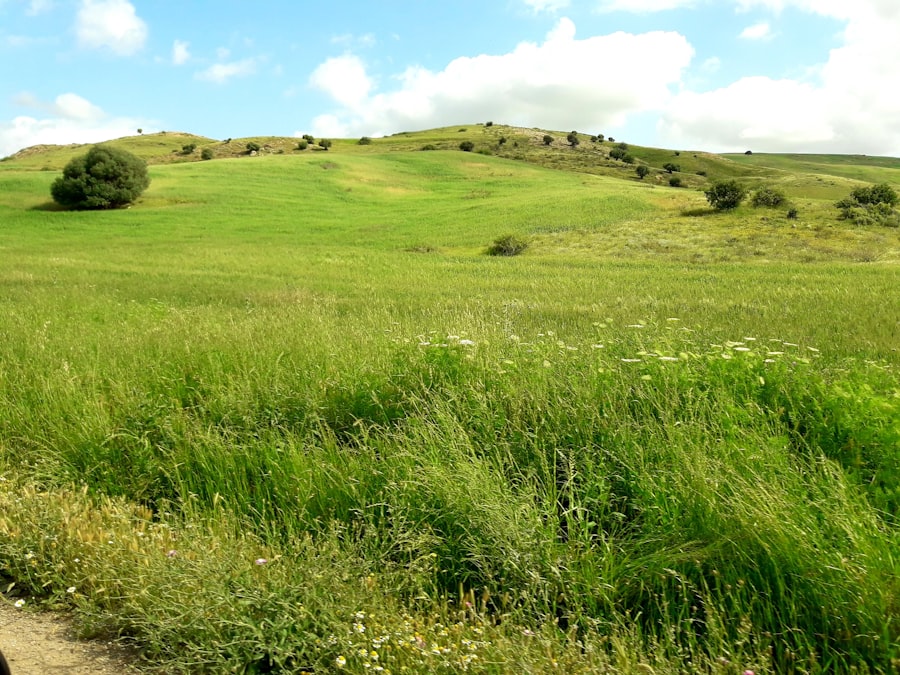
Grass plays an integral role in various ecosystems, serving as a foundational element in many habitats. It provides food and shelter for numerous species, including insects, birds, and mammals. For instance, many herbivores rely on grasses as their primary food source, while predators depend on these herbivores for sustenance.
The presence of grasslands supports a diverse range of wildlife, contributing to ecological balance and resilience. Moreover, grasslands are essential for water management within ecosystems. They act as natural sponges, absorbing rainfall and reducing surface runoff.
This not only helps recharge groundwater supplies but also minimizes the risk of flooding in surrounding areas. The root systems of grasses improve soil structure, allowing for better infiltration of water and reducing erosion. In this way, grasslands play a critical role in maintaining hydrological cycles and ensuring that ecosystems remain healthy and functional.
The Psychological and Emotional Impact of Green Grass
| Psychological and Emotional Impact of Green Grass |
|---|
| 1. Increased sense of calm and relaxation |
| 2. Improved mood and reduced stress levels |
| 3. Enhanced feelings of connection to nature |
| 4. Boosted mental clarity and focus |
| 5. Greater sense of well-being and happiness |
The psychological benefits of green grass are profound and well-documented. Studies have shown that exposure to green spaces can reduce stress levels, enhance mood, and improve overall mental well-being. The color green is often associated with tranquility and renewal, making green grass an ideal element for creating calming outdoor environments.
People who spend time in green spaces report feeling more relaxed and rejuvenated, which can lead to increased productivity and creativity. Furthermore, green grass encourages outdoor activities that promote physical health and social interaction. Whether it’s playing sports, hosting barbecues, or simply enjoying a picnic with family and friends, a well-maintained lawn serves as a gathering place that fosters community connections.
The act of caring for a lawn can also provide a sense of accomplishment and purpose, contributing positively to one’s mental health. In urban areas where green spaces may be limited, having a vibrant lawn can significantly enhance residents’ quality of life.
Green Grass as a Sustainable Landscape Option
In recent years, there has been a growing emphasis on sustainable landscaping practices, and green grass fits well into this paradigm. When managed properly, lawns can be environmentally friendly spaces that contribute positively to local ecosystems. For instance, using native grass species can reduce water consumption since these varieties are adapted to local climates and require less irrigation than non-native species.
Sustainable lawn care also involves practices such as composting grass clippings instead of bagging them. Leaving clippings on the lawn returns valuable nutrients to the soil while reducing waste sent to landfills.
Moreover, incorporating drought-resistant grasses can help conserve water resources during dry spells. By adopting these sustainable practices, homeowners can enjoy the beauty of green grass while minimizing their environmental footprint.
Common Challenges in Growing and Maintaining Green Grass

Despite its many benefits, growing and maintaining green grass comes with its own set of challenges. One common issue is dealing with pests and diseases that can threaten lawn health. Grubs, chinch bugs, and various fungal infections can wreak havoc on even the most well-cared-for lawns.
Identifying these problems early is crucial for effective management; this often involves regular monitoring and employing integrated pest management strategies that minimize chemical use. Another challenge is maintaining optimal soil conditions for grass growth. Soil compaction can hinder root development and water infiltration, leading to unhealthy lawns.
Aeration is often necessary to alleviate compaction issues; this process involves perforating the soil with holes to allow air, water, and nutrients to penetrate deeper into the ground. Additionally, fluctuations in weather patterns can pose challenges; extreme heat or prolonged droughts may require adjustments in watering schedules or even transitioning to more drought-tolerant grass varieties.
The Different Types of Grass and Their Characteristics
Understanding the different types of grass is essential for selecting the right variety for your lawn or landscape project. Grasses are generally categorized into two main groups: cool-season grasses and warm-season grasses. Cool-season grasses thrive in northern climates where temperatures are moderate; examples include Kentucky bluegrass, tall fescue, and perennial ryegrass.
These grasses typically grow best during spring and fall when temperatures are cooler. On the other hand, warm-season grasses flourish in southern regions where temperatures are higher; Bermuda grass, zoysia grass, and centipede grass are popular choices in these areas. Warm-season grasses tend to be more drought-resistant but may go dormant during cooler months.
Each type has its unique characteristics regarding growth habits, drought tolerance, shade tolerance, and maintenance requirements. By understanding these differences, homeowners can make informed decisions that align with their specific environmental conditions.
Incorporating Green Grass into Your Outdoor Living Space
Incorporating green grass into your outdoor living space can transform it into an inviting oasis for relaxation and recreation. One effective way to do this is by creating defined areas within your yard that feature lush lawns alongside other landscaping elements such as flower beds or hardscaping features like patios or walkways. This not only enhances visual appeal but also provides functional spaces for various activities.
Additionally, consider integrating features such as ornamental grasses or native plants that complement your green lawn while promoting biodiversity. These elements can attract pollinators like bees and butterflies while providing texture and color contrast throughout the seasons. Creating pathways through your lawn using stepping stones or mulch can also encourage exploration while protecting the grass from heavy foot traffic.
By thoughtfully designing your outdoor space with green grass as a focal point, you can create an environment that fosters enjoyment and connection with nature.
If you are interested in exploring the concept of impermanence and its relation to Buddhism, you may find the article “Buddha’s Four Noble Truths and the Theory of Impermanence” to be a fascinating read. This article delves into the core teachings of Buddhism and how they can be applied to our understanding of the world around us. Additionally, if you are curious about the Buddhist teachings of the Eightfold Path, Brahma Viharas, and Paramitas, you may want to check out the article “


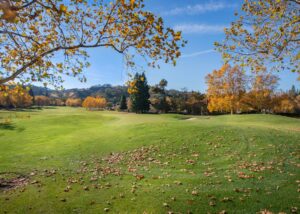


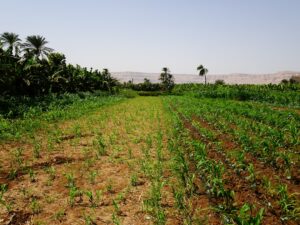
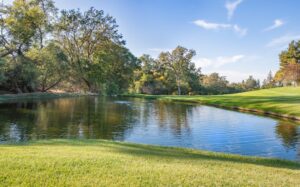

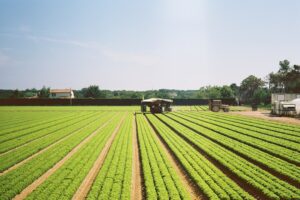


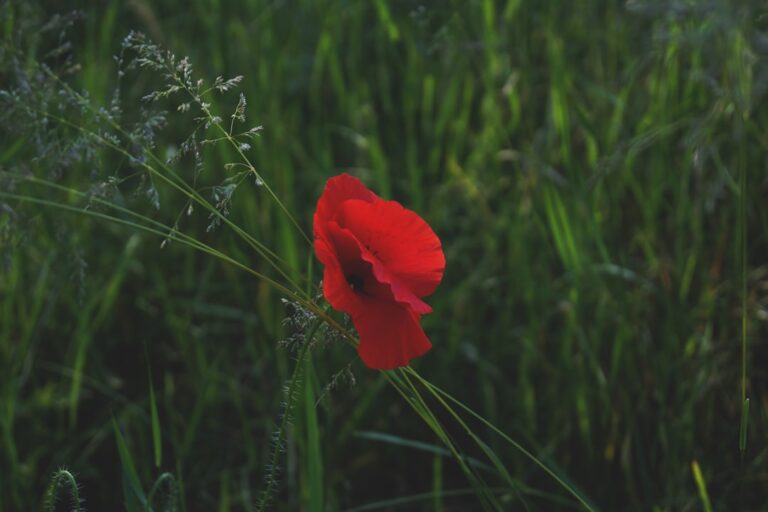

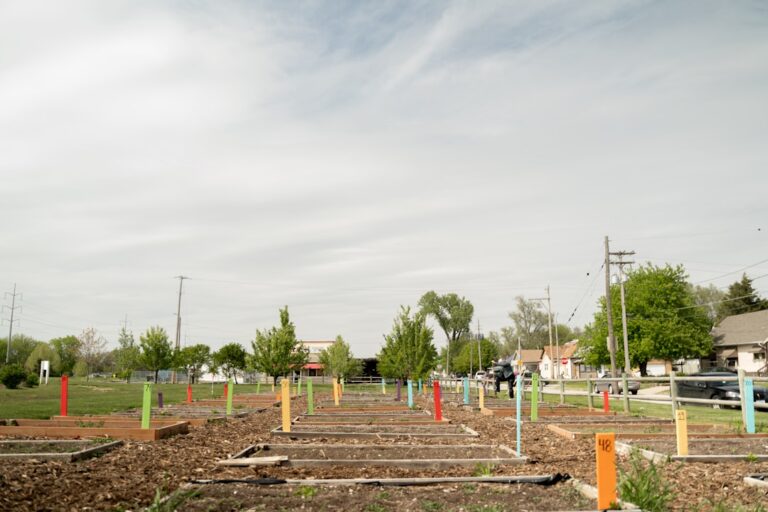


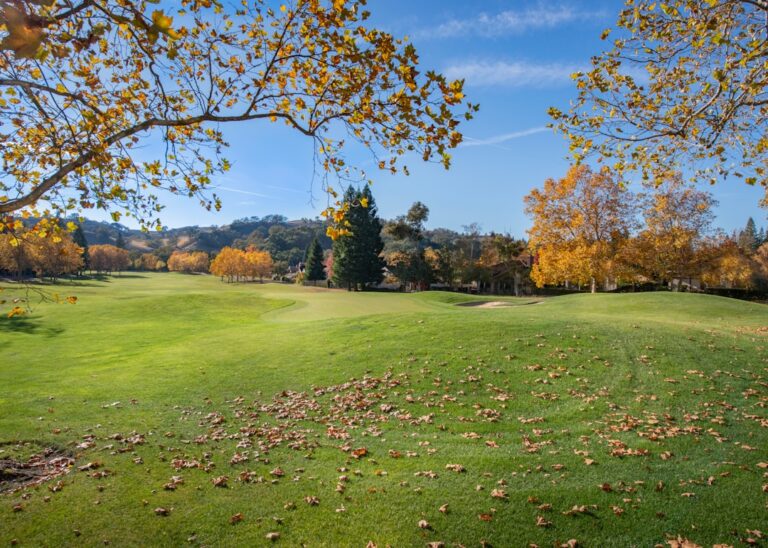
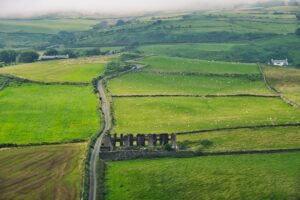
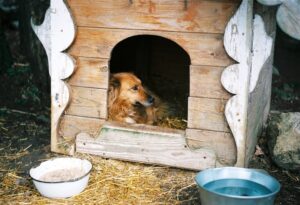


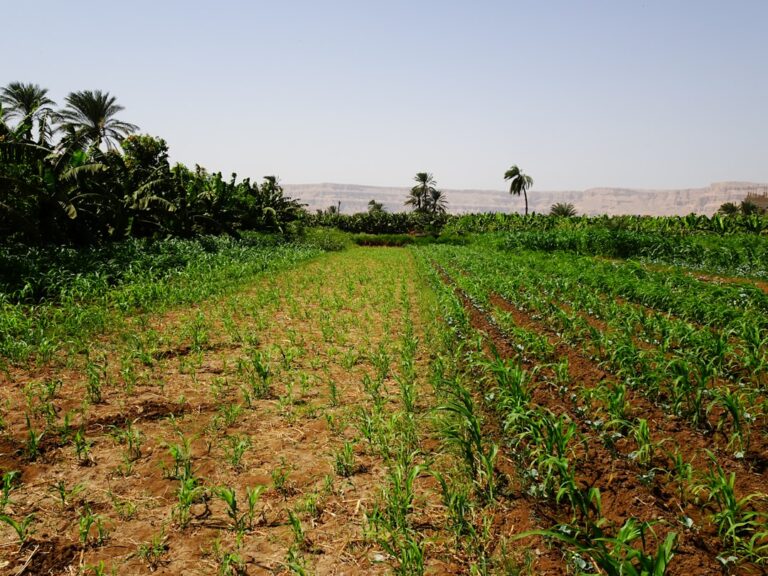


+ There are no comments
Add yours